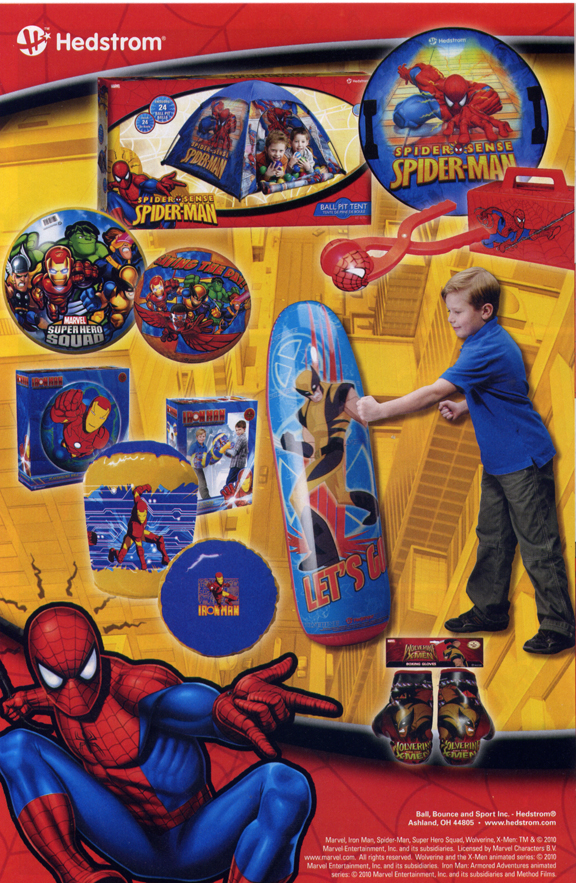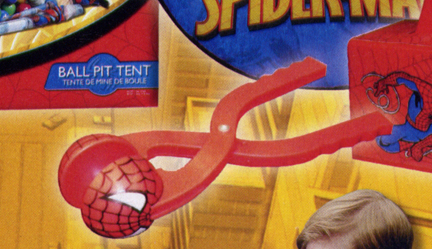So here I was, all set to write a cranky post about how much I disliked a certain high-profile comic book movie that opened this weekend. But honestly, folks, life’s too short, and I’d rather spend the time gabbing about stuff I enjoy. So with that in mind, here are a few random tidbits of comic booky goodness from last week’s offerings:
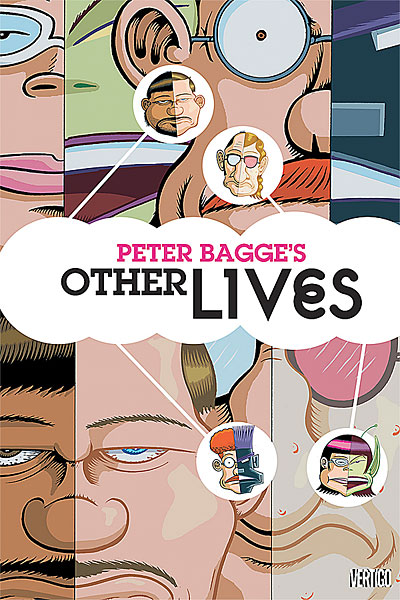
Other Lives, by Peter Bagge: The Hate-meister returns to cranky form with this original Vertigo graphic novel about four interconnected losers—a writer who despises his racial identity and is haunted by a past act of plagiarism, his fiancée, whose vicarious internet life begins to blur into her real relationships, an online gambling addict desperate to cover up his crumbling domestic life, and a would-be government agent/national hero who lives in his mother’s garage. Fans of Bagge ‘s most famous creation, Buddy Bradley, can draw a straight line to Vlad (Vader) Ryderbeck, the self-loathing, slow-burning, expletive-spewing, booze-swigging antihero at the heart of Other Lives, who discovers that the self-created false identities people hide behind—both online and in real life--are not just a product of the internet era, but in his case at least, a generational affair. Bagge’s rubbery, cross-hatched caricatures may not be for everybody, but there’s truly nothing else in comics like them, and they are perfectly suited to the grotesque lives, both real and imagined, that they depict. The surprisingly violent conclusion is strangely unsatisfying, but the repeated jabs at the characters’ cartoonishly sad-sack lifestyles and the equally ridiculous internet fantasies they retreat into are what stays with you after you’ve finished reading.
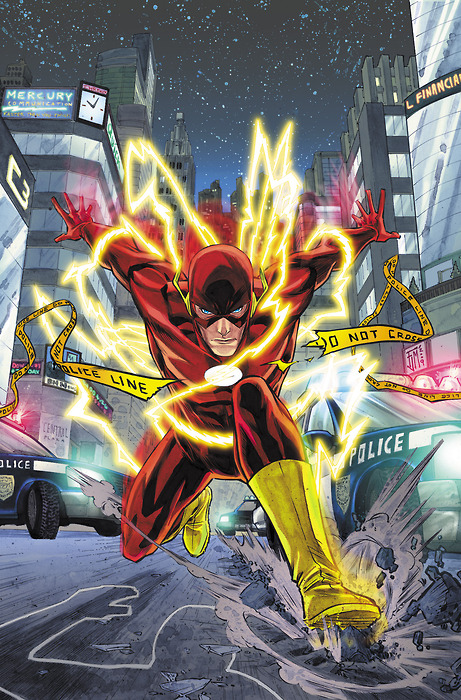
The Flash #1, by Geoff Johns and Francis Manapul: DC has taken a lot of flack for bringing back Silver Age mainstay Barry Allen—fair enough, considering that most of their current readership grew up reading the adventures of his protégé, Wally West—but here’s the thing; having Allen as the Flash in a new number one issue makes sense because he’s the easiest version of the character to explain to new readers. Hit by lightning, showered by chemicals, Fastest Man Alive. There you go. Sure, he’s got tons of baggage if you start factoring in his death and rebirth, his stint as a married father in the distant future, and all that other crap, but this first issue wisely sidesteps all that, focusing instead on what I hope will set this series apart from the previous run (see what I did there?): the fact that Barry Allen is a police scientist, so he is actually going to be solving mysteries instead of just running around fighting bad guys. Manapul’s art is just as lovely here as it was in his short-lived stint on Adventure Comics, and I hope he’s in it for the long haul. This is a fun, accessible, great-looking debut, with one of those cool two-page teaser ads at the end (like the ones Johns did for Legion of Three Worlds and Sinestro Corps) for an upcoming event called Flashpoint. I have no idea what it could be about, but it looks cool. Let’s hope DC doesn’t water it down with a kajillion crossovers, but who am I kidding? Of course they will.

Kill Shakespeare #1, by Conor McCreery, Anthony Del Col, and Andy Belanger: I know Johnathan already covered this IDW book and its fascinating shared universe, where the Bard’s most famous creations join forces to destroy him, a few days ago, but I wanted to throw in my two cents as well. This is a very cool, original concept, executed with terrific skill and style. There are a lot of comparisons to be made to League of Extraordinary Gentlemen being thrown around in regards to this series, and that’s a pretty big compliment in my book. The premise may be a bit intimidating to anyone not well versed in Shakespeare, but it’s a lot more accessible than you might think at first. For instance, I haven’t read Richard III, but I recognized the hunchbacked, shriveled-armed monarch as soon as he appeared. You could just look at Kill Shakespeare as a simple adventure story framed by a larger literary backdrop if you like, one with witches and pirates and ghosts, and you’d enjoy it just as much. Belanger’s art is detailed and stylish as well, just as impressive in moments of quiet dread (like Hamlet’s father’s ghost appearing from the mists) as it is in action scenes (such as the first issue’s big set piece, a pirate attack on the boat carrying Hamlet to England). And the creators are Canadian! Really, you have no excuse to miss this.
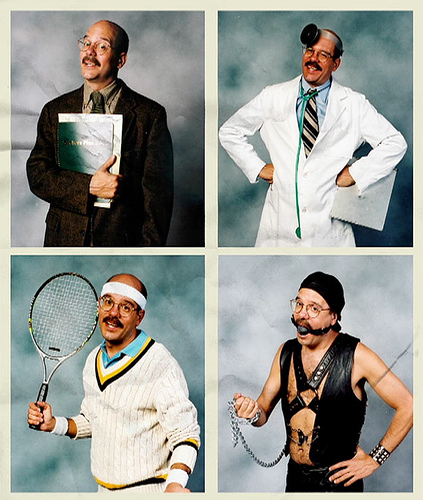
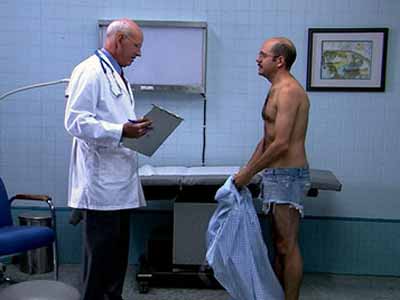
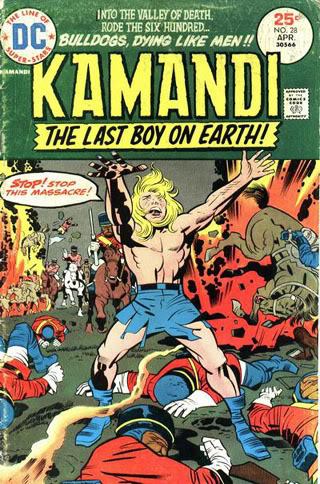







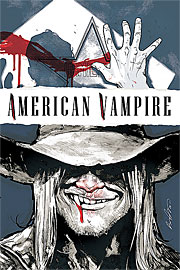 I picked up the first issue of this after Dave’s review, and I’m surprised that I needed that much incentive. I mean, flapper vampires and cowboy vampires in the same book? There is only so much strength in my feeble human form, my friends.
I picked up the first issue of this after Dave’s review, and I’m surprised that I needed that much incentive. I mean, flapper vampires and cowboy vampires in the same book? There is only so much strength in my feeble human form, my friends.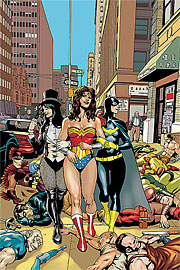 The Brave and the Bold No. 33 - That’s two issues in a row of this that I’ve really enjoyed, after a bit of a spotty patch. Cliff Chiang drew some fantastic stuff here, and his facial expressions were in the best possible way reminiscent of Amanda Conner's. HOWEVER: J. Michael Straczynski basically finished his lovely little story with THE END with five underlines - I’d recommend stopping at the Flash ad for a slightly more satisfying reading experience, or the JLA ad if you didn’t catch the point of the story by the Flash ad.
The Brave and the Bold No. 33 - That’s two issues in a row of this that I’ve really enjoyed, after a bit of a spotty patch. Cliff Chiang drew some fantastic stuff here, and his facial expressions were in the best possible way reminiscent of Amanda Conner's. HOWEVER: J. Michael Straczynski basically finished his lovely little story with THE END with five underlines - I’d recommend stopping at the Flash ad for a slightly more satisfying reading experience, or the JLA ad if you didn’t catch the point of the story by the Flash ad. Green Lantern No. 53 - See, this is why I was so pissy about Blackest Night. I have no idea how Brightest Day is going to turn out, but a comic like this, where Johns can play and be all portentous and not have to place each distinct plot point in a new issue, this actually reads well. It might not be the Police Procedural in Space that I want, but I’ll take Rainbow Space Opera, I reckon.
Green Lantern No. 53 - See, this is why I was so pissy about Blackest Night. I have no idea how Brightest Day is going to turn out, but a comic like this, where Johns can play and be all portentous and not have to place each distinct plot point in a new issue, this actually reads well. It might not be the Police Procedural in Space that I want, but I’ll take Rainbow Space Opera, I reckon. 